Home>Articles>What Does End Mean On A Carbon Monoxide Detector
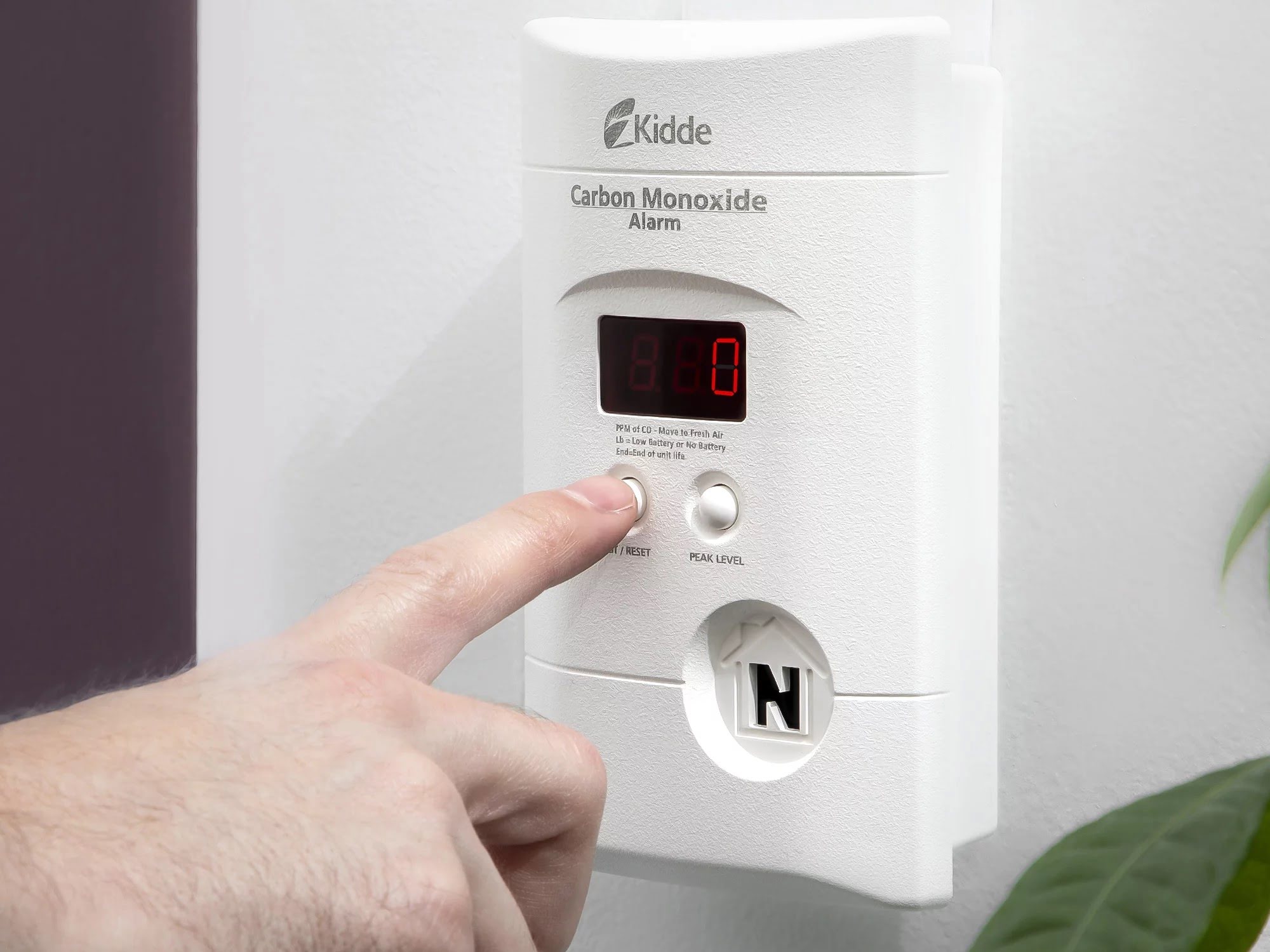

Articles
What Does End Mean On A Carbon Monoxide Detector
Modified: August 20, 2024
Discover what "end" means on a carbon monoxide detector in this informative article. Learn how to interpret this important safety feature and keep your home protected from this silent killer.
(Many of the links in this article redirect to a specific reviewed product. Your purchase of these products through affiliate links helps to generate commission for Storables.com, at no extra cost. Learn more)
Introduction
Carbon monoxide (CO) is a colorless, odorless, and highly toxic gas that can be produced by various sources such as faulty heating systems, blocked chimneys, or malfunctioning appliances. Due to its invisible nature, carbon monoxide can rapidly accumulate in enclosed spaces, posing a serious threat to human health and safety.
To protect against the dangers of carbon monoxide poisoning, it is crucial to have carbon monoxide detectors installed in your home or workplace. These devices are designed to detect even small amounts of CO in the air and alert you when levels reach dangerous concentrations.
While carbon monoxide detectors play a vital role in safeguarding against this silent killer, it is essential to understand their functionality and indications, one of which is the “End” message that may appear on the display. In this article, we will explore what this message means, its possible causes, and the actions to take when encountering it.
Key Takeaways:
- Regularly test and replace carbon monoxide detectors when the “End” message appears to ensure ongoing protection against the silent threat of carbon monoxide poisoning. Prioritize safety by choosing high-quality replacements and following maintenance guidelines.
- Understanding the causes of the “End” message on carbon monoxide detectors is crucial for prompt action. Replace expired detectors, maintain regular testing, and follow manufacturer’s instructions to safeguard against the dangers of carbon monoxide gas.
Understanding Carbon Monoxide
Before delving into the details of carbon monoxide detectors and the “End” message, it is important to have a basic understanding of carbon monoxide itself. Carbon monoxide is a toxic gas that is produced when fuels like gas, oil, coal, or wood are burned incompletely. It can be emitted from a variety of sources such as malfunctioning furnaces, gas stoves, fireplaces, or even running vehicles in enclosed spaces.
What makes carbon monoxide so dangerous is its ability to bind with hemoglobin in the blood, preventing oxygen from being transported to vital organs and tissues. This leads to symptoms such as headache, dizziness, nausea, confusion, and in severe cases, can result in loss of consciousness or even death.
Due to its odorless and colorless nature, carbon monoxide is often called the “silent killer.” It is important to recognize the signs of carbon monoxide poisoning and take immediate action to prevent further exposure.
Carbon monoxide detectors, also known as CO detectors, are devices designed to monitor the levels of carbon monoxide in the environment. They work by detecting the presence of CO and sounding an alarm when concentrations reach dangerous levels. These detectors are a crucial line of defense against carbon monoxide poisoning, providing early warning signs to evacuate and seek fresh air.
Importance of Carbon Monoxide Detectors
Carbon monoxide detectors are essential for maintaining a safe living environment. Here are some key reasons why these devices are of utmost importance:
- Early Detection: Carbon monoxide detectors are designed to detect low levels of CO that may not be noticeable to humans. By sensing even small amounts of the gas, they can provide early detection and alert you before levels become dangerously high.
- Prevention of Carbon Monoxide Poisoning: Carbon monoxide poisoning can have severe health consequences, including brain damage and death. By installing carbon monoxide detectors, you can be alerted to potential dangers, allowing you to take immediate action and prevent the risk of poisoning.
- Peace of Mind: Knowing that you have carbon monoxide detectors in your home or workplace can provide peace of mind. You can rest assured that you have an extra layer of protection against this silent and deadly gas.
- Compliance with Regulations: In many regions, the installation of carbon monoxide detectors is required by law. Adhering to these regulations ensures that you are meeting the necessary safety standards and protecting those who reside or work in the building.
- Protection During Sleeping Hours: Carbon monoxide poisoning often occurs when people are asleep because they are unaware of the danger. Installing detectors near bedrooms can provide early warning signs during the night, allowing residents to wake up and evacuate before the gas reaches harmful levels.
It is important to note that carbon monoxide detectors should be properly installed, regularly tested, and have their batteries replaced as recommended by the manufacturer. By taking these precautions, you can ensure that your carbon monoxide detectors are functioning optimally and providing the highest level of protection.
Functionality of Carbon Monoxide Detectors
Carbon monoxide detectors are designed to continuously monitor the air for the presence of carbon monoxide gas. They operate using different sensing technologies, but the most common types are biomimetic, electrochemical, and metal oxide semiconductor (MOS).
The biomimetic sensors in carbon monoxide detectors contain a gel-like substance that changes color when it comes into contact with carbon monoxide. This color change triggers an alarm, alerting you to the presence of the gas.
Electrochemical sensors work by detecting carbon monoxide gas and generating an electrical current. This current is measured and triggers an alarm if it exceeds a pre-set threshold, indicating dangerous levels of carbon monoxide.
Metal oxide semiconductor sensors use a small electronic chip that reacts to carbon monoxide. When the gas is present, the resistance of the chip changes, which sets off the alarm.
Regardless of the sensing technology used, carbon monoxide detectors typically have a display or alarm panel that shows the current carbon monoxide levels. Some models also display other information, such as the presence of low battery or malfunction.
In addition to the sensing mechanism, carbon monoxide detectors are equipped with audible alarm systems. When dangerous levels of carbon monoxide are detected, the detectors emit a loud, distinctive sound to alert occupants of the potential danger.
To ensure optimal functionality, carbon monoxide detectors should be installed in areas where carbon monoxide sources are present, such as near fuel-burning appliances or near sleeping areas. It is recommended to have at least one carbon monoxide detector on each level of your home or workplace.
Regular testing of carbon monoxide detectors is crucial to verify that they are functioning properly. Most detectors have a “test” button that allows you to verify the alarm sound. It is recommended to test carbon monoxide detectors at least once a month.
It’s important to note that carbon monoxide detectors have a limited lifespan and should be replaced according to the manufacturer’s instructions to ensure optimal performance. This typically ranges from five to ten years.
By understanding the functionality of carbon monoxide detectors, you can better appreciate how these devices work to keep you and your loved ones safe from the dangers of carbon monoxide poisoning.
What “End” Means on a Carbon Monoxide Detector
If you have a carbon monoxide detector installed, you may encounter the message “End” displayed on the device at some point. This message indicates that the detector has reached the end of its operational life and needs to be replaced.
Carbon monoxide detectors have a limited lifespan, typically ranging from five to ten years, depending on the model and manufacturer. Over time, the sensors inside the detector may become less accurate and less sensitive to detecting carbon monoxide gas.
When a carbon monoxide detector reaches the end of its life, it cannot provide reliable and accurate readings anymore. This could put you at risk because the detector may fail to alert you to the presence of carbon monoxide gas, even if it is present at dangerous levels.
The “End” message on a carbon monoxide detector is essentially a warning that the device has reached its expiration date and should be replaced immediately. It is crucial not to ignore this message and take action promptly to ensure the continued safety of your home or workplace.
Some carbon monoxide detectors may also emit a distinct beep or chirp sound along with the “End” message to further alert you to the need for replacement.
It is important to carefully follow the manufacturer’s instructions when replacing a carbon monoxide detector. Some detectors may require simple battery replacement, while others may need an entirely new unit. In either case, make sure to choose a high-quality carbon monoxide detector and install it according to the manufacturer’s guidelines.
Remember that carbon monoxide is a silent and deadly gas, and the proper functioning of carbon monoxide detectors is crucial to detecting its presence. Regularly checking and replacing detectors as needed ensures that you and your loved ones are protected from the risks of carbon monoxide poisoning.
Make sure to regularly test your carbon monoxide detector to ensure it is functioning properly. If the display shows “End,” it means the detector has reached the end of its lifespan and needs to be replaced.
Causes of “End” Message
The appearance of the “End” message on a carbon monoxide detector is typically triggered by one or more of the following factors:
- Expiration of Sensor Lifespan: Carbon monoxide detectors have a limited lifespan, usually ranging from five to ten years. The sensors inside the detector may deteriorate over time, leading to decreased accuracy and sensitivity. When the sensor reaches the end of its operational life, the detector will display the “End” message as a warning for replacement.
- Exhausted Battery: In some cases, the “End” message may indicate that the battery of the carbon monoxide detector is depleted or nearing the end of its lifespan. Detectors with replaceable batteries will require a new battery, while detectors with sealed battery units will need to be entirely replaced when the battery is no longer functional.
- Malfunction or Damage: Occasionally, the “End” message may be triggered by a malfunction or damage to the detector. This can occur due to factors such as power surges, exposure to extreme temperatures, or physical impact. If the detector is damaged or not functioning properly, it is crucial to replace it immediately to ensure reliable carbon monoxide detection.
- Expired Warranty: The “End” message may also appear when the warranty period of the carbon monoxide detector has expired. While this does not necessarily mean that the detector is no longer functioning, it serves as a reminder to consider replacement to ensure continued reliability.
It is important to note that each carbon monoxide detector may have specific requirements and indications for the “End” message. Therefore, it is essential to refer to the manufacturer’s instructions and guidelines for accurate information regarding the specific causes and actions to take when encountering the “End” message on your particular model of carbon monoxide detector.
By understanding the potential causes of the “End” message, you can effectively address the issue and take the necessary steps to replace your carbon monoxide detector, ensuring ongoing safety and protection against the harmful effects of carbon monoxide gas.
Actions to Take When “End” Appears
When the “End” message appears on a carbon monoxide detector, it is important to take immediate action to ensure the continued safety and effectiveness of your carbon monoxide detection system. Here are the steps to follow:
- Replace the Detector: The most crucial step is to replace the carbon monoxide detector as soon as possible. The “End” message indicates that the detector has reached the end of its operational life and may no longer provide accurate readings. Follow the manufacturer’s instructions for proper replacement, whether it involves installing a new battery or replacing the entire unit.
- Choose a High-Quality Replacement: Select a high-quality carbon monoxide detector to replace the expired one. Look for detectors that meet recognized safety standards and have reliable sensor technology. Consider features such as digital displays, battery backup, and interconnected detectors for enhanced safety.
- Install in the Right Locations: Properly install the new detector in the recommended locations. Carbon monoxide detectors should be installed near bedrooms, on each level of the building, and in close proximity to fuel-burning appliances. Follow the manufacturer’s guidelines for optimal placement and installation height.
- Test the New Detector: Once the new carbon monoxide detector is installed, thoroughly test it to ensure proper functionality. Most detectors have a test button that triggers the alarm sound. Perform this test monthly to ensure that the detector is working correctly.
- Maintain Regular Testing and Battery Replacement: Along with the replacement of the expired detector, establish a regular testing schedule for the new detector. Test it at least once a month and replace the batteries as recommended by the manufacturer. Regular maintenance ensures that your carbon monoxide detector continues to provide accurate and reliable protection.
Remember, carbon monoxide is a silent and deadly gas, and the proper functioning of carbon monoxide detectors is critical for early detection and prevention. Taking prompt action when the “End” message appears will help maintain a safe environment and protect you and your loved ones from the risks associated with carbon monoxide poisoning.
Maintenance Tips for Carbon Monoxide Detectors
Maintaining your carbon monoxide detectors is essential to ensure their proper functionality and effectiveness in detecting this harmful gas. Here are some important maintenance tips to follow:
- Regular Testing: Test your carbon monoxide detectors at least once a month to ensure they are working properly. Most detectors have a test button that you can press to check if the alarm sounds. If the alarm does not go off, replace the batteries or the entire unit as recommended by the manufacturer.
- Battery Replacement: Replace the batteries in your carbon monoxide detectors as recommended by the manufacturer. Some detectors use replaceable batteries, while others have sealed battery units that require the entire detector to be replaced. Regularly check the battery status and replace them promptly to ensure uninterrupted operation.
- Clean and Dust: Keep your carbon monoxide detectors clean and free from dust or debris. Use a soft, dry cloth to gently wipe the exterior of the detector. Avoid using harsh cleaning agents or spraying directly onto the unit, as this can damage the sensors.
- Check for Damage: Regularly inspect your carbon monoxide detectors for any signs of damage or wear. Look for cracks, loose parts, or other physical damage. If you notice any issues, replace the detector immediately to maintain reliable carbon monoxide detection.
- Follow Manufacturer’s Instructions: Always refer to the manufacturer’s instructions and guidelines for specific maintenance recommendations for your carbon monoxide detectors. Different models may have different requirements, so it’s important to follow the instructions provided to ensure optimal performance.
- Proper Placement: Ensure that your carbon monoxide detectors are installed in the recommended locations. Place them near bedrooms, on each level of your home or workplace, and within 10 feet of fuel-burning appliances. Follow the manufacturer’s guidelines for precise positioning and installation height.
- Stay Alert to Alarm Signals: Familiarize yourself with the alarm signals of your carbon monoxide detectors. Be aware of the different sounds or indicators that may indicate the presence of carbon monoxide. If an alarm sounds or if you suspect a CO leak, evacuate the premises immediately and seek fresh air.
- Replace Expired Detectors: Carbon monoxide detectors have a limited lifespan, typically ranging from five to ten years. Replace your detectors according to the manufacturer’s recommended timeframe to ensure accurate and reliable detection.
By following these maintenance tips, you can ensure that your carbon monoxide detectors are in good working condition and provide the necessary protection against the dangers of carbon monoxide gas. Regular testing, battery replacement, and proper maintenance are crucial to maintaining a safe living or working environment.
Conclusion
Carbon monoxide detectors play a crucial role in safeguarding against the dangers of carbon monoxide poisoning, a silent and potentially lethal threat. Understanding the functionality and indications of these devices is essential for maintaining a safe living or working environment.
We have explored the importance of carbon monoxide detectors in detecting this toxic gas and providing early warnings. The “End” message on a carbon monoxide detector serves as a reminder to replace the unit once it reaches the end of its operational life. This message indicates that the detector may no longer provide accurate readings and could fail to detect dangerous levels of carbon monoxide.
When encountering the “End” message, it is crucial to take immediate action. Replace the carbon monoxide detector with a high-quality, reliable model that adheres to recognized safety standards. Proper installation, regular testing, and battery maintenance are essential to ensure the continued effectiveness of your carbon monoxide detection system.
In addition to replacing expired detectors, it is important to follow maintenance tips such as regular testing, battery replacement, and keeping the detectors clean and free from debris. Following the manufacturer’s instructions and guidelines is crucial for properly maintaining your carbon monoxide detectors and maximizing their performance.
By staying vigilant, taking prompt action, and prioritizing the maintenance of your carbon monoxide detectors, you can protect yourself, your loved ones, and occupants of your building from the dangers of carbon monoxide gas. Remember, early detection and prevention are key to ensuring a safe and healthy environment.
Frequently Asked Questions about What Does End Mean On A Carbon Monoxide Detector
Was this page helpful?
At Storables.com, we guarantee accurate and reliable information. Our content, validated by Expert Board Contributors, is crafted following stringent Editorial Policies. We're committed to providing you with well-researched, expert-backed insights for all your informational needs.
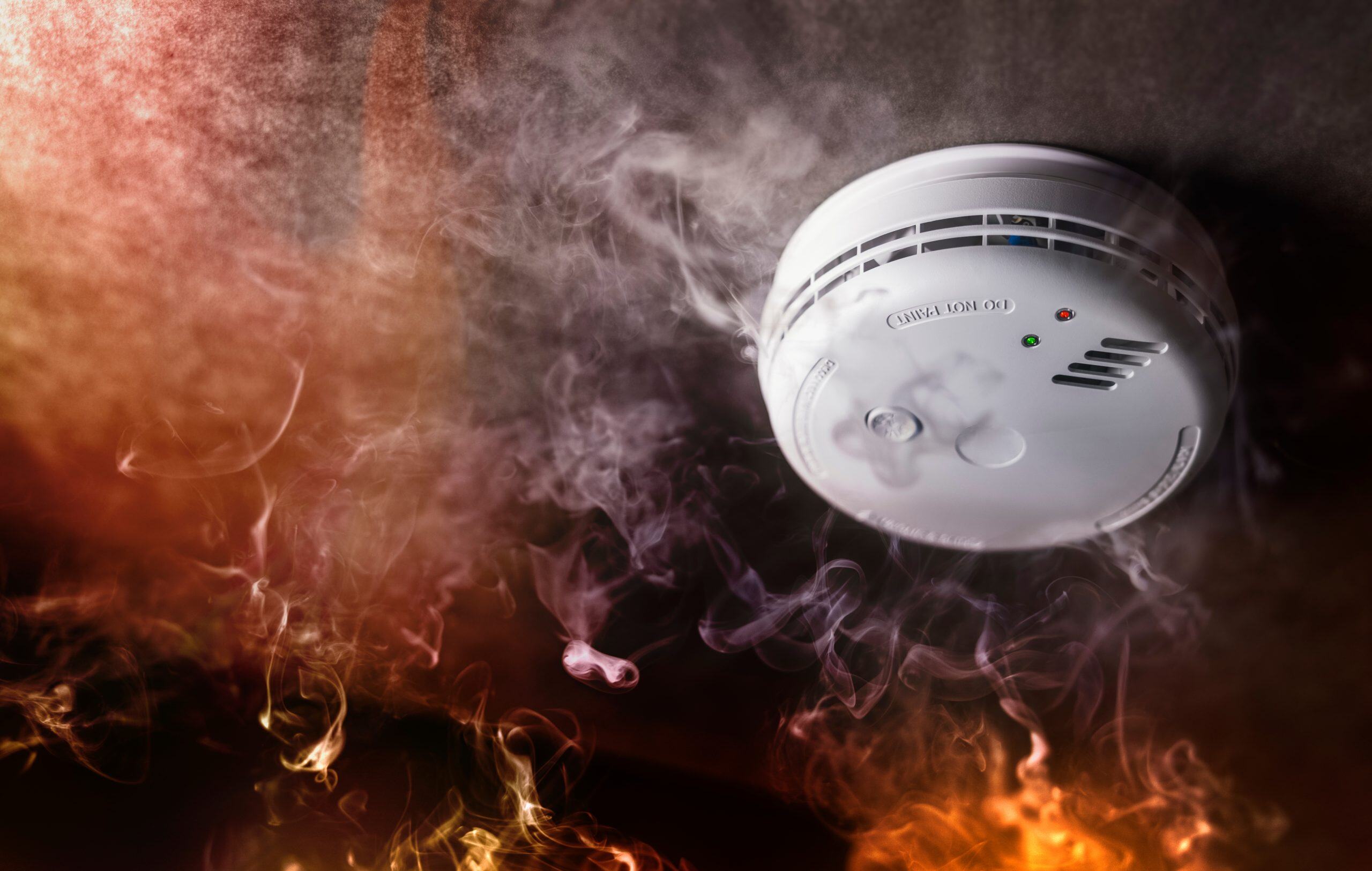
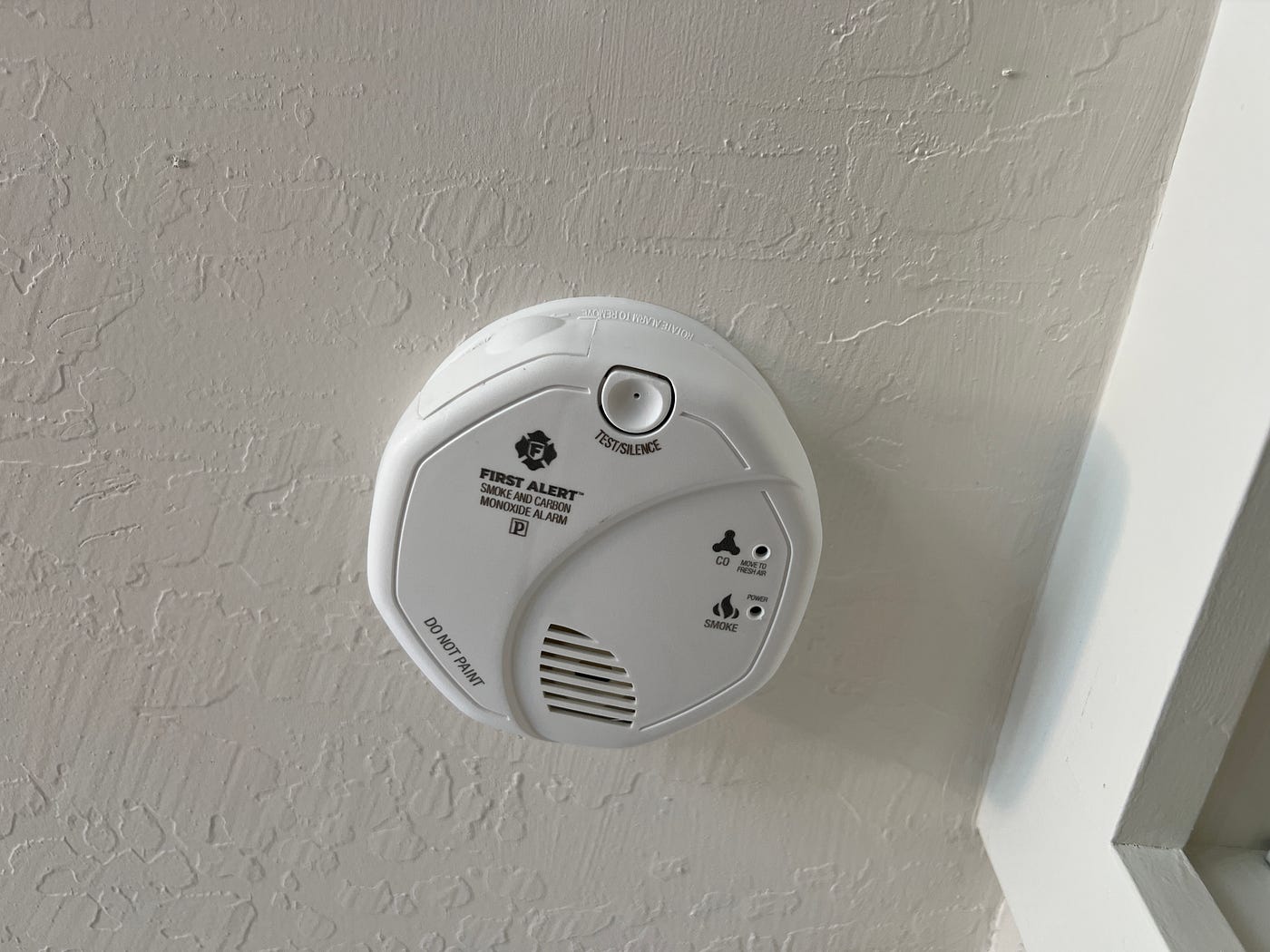
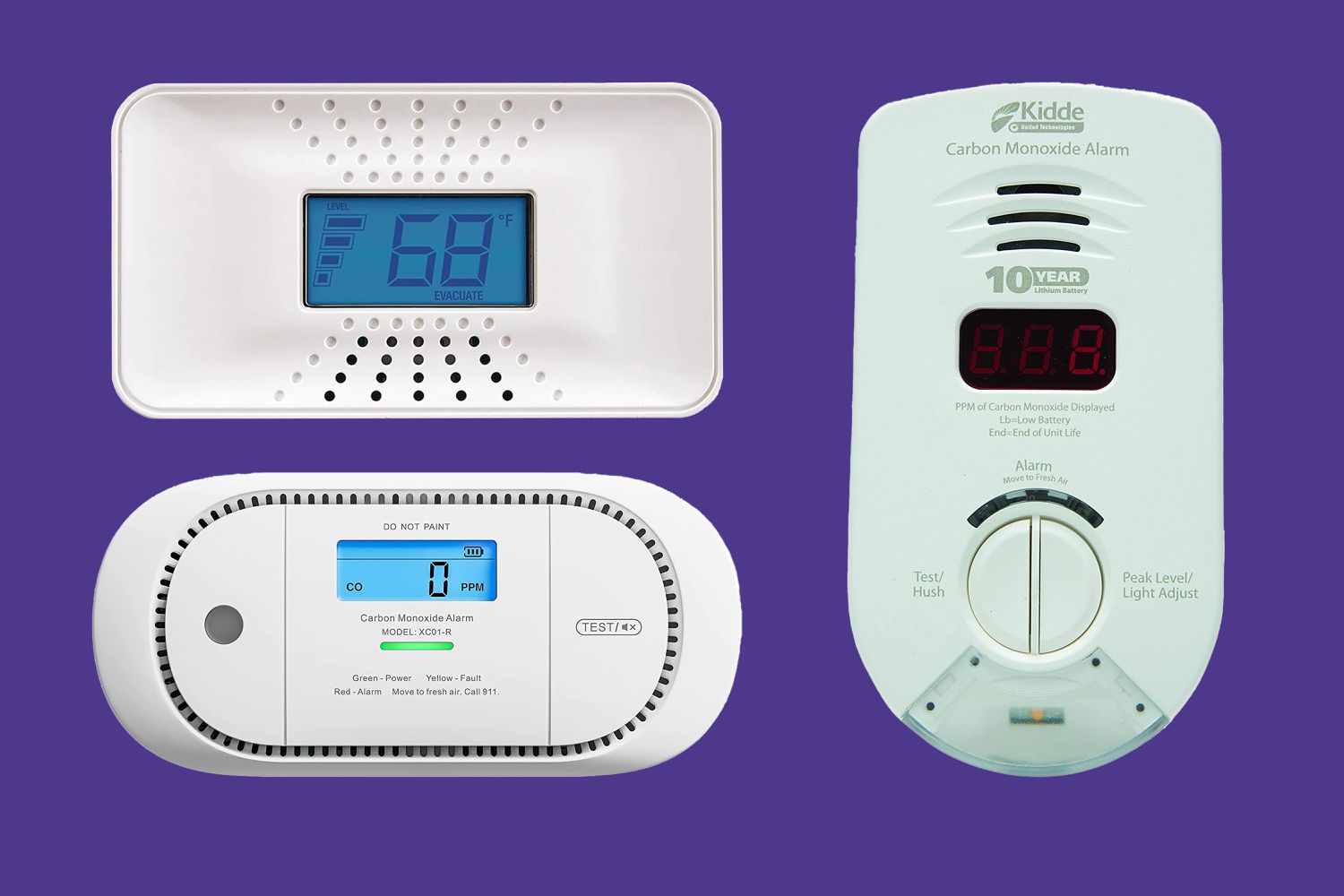
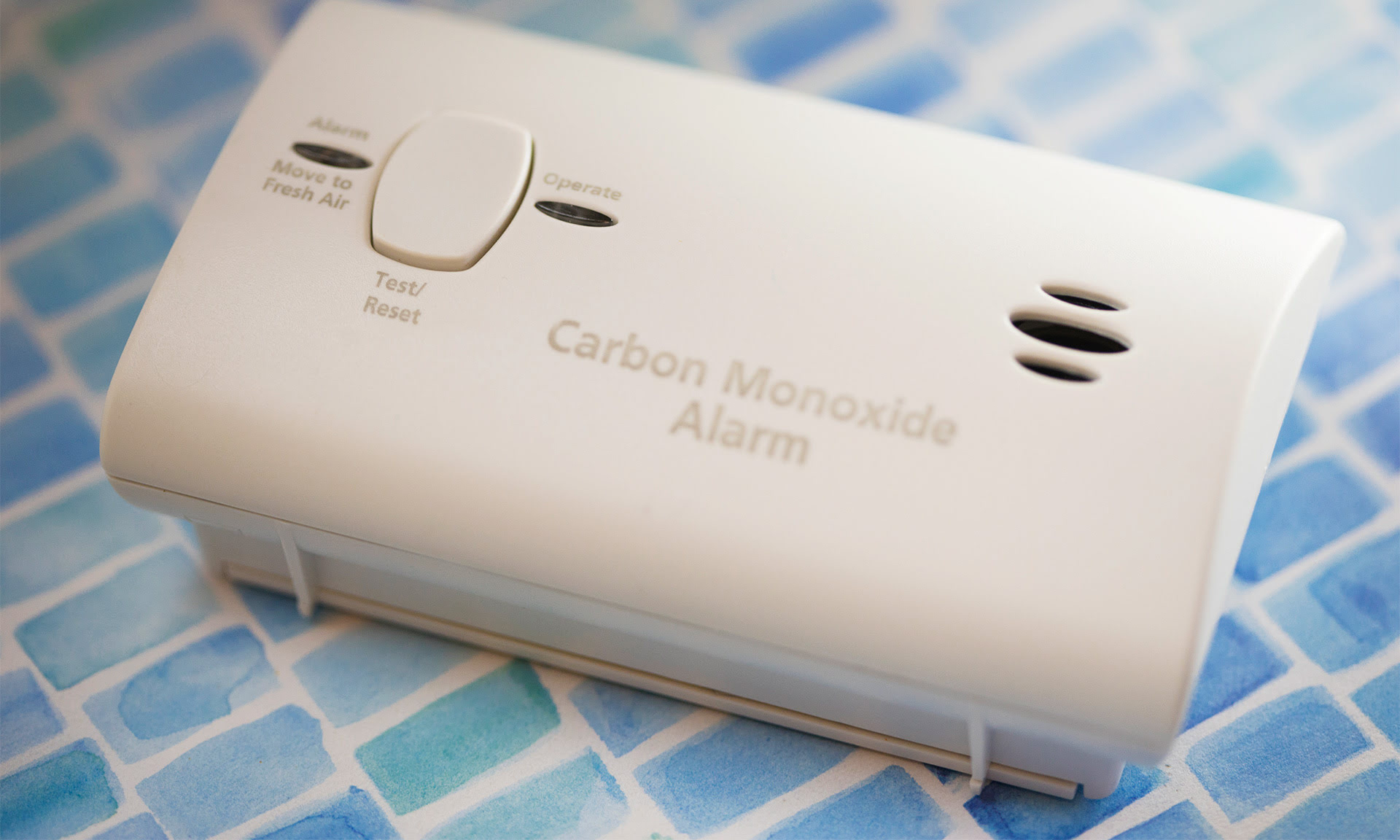
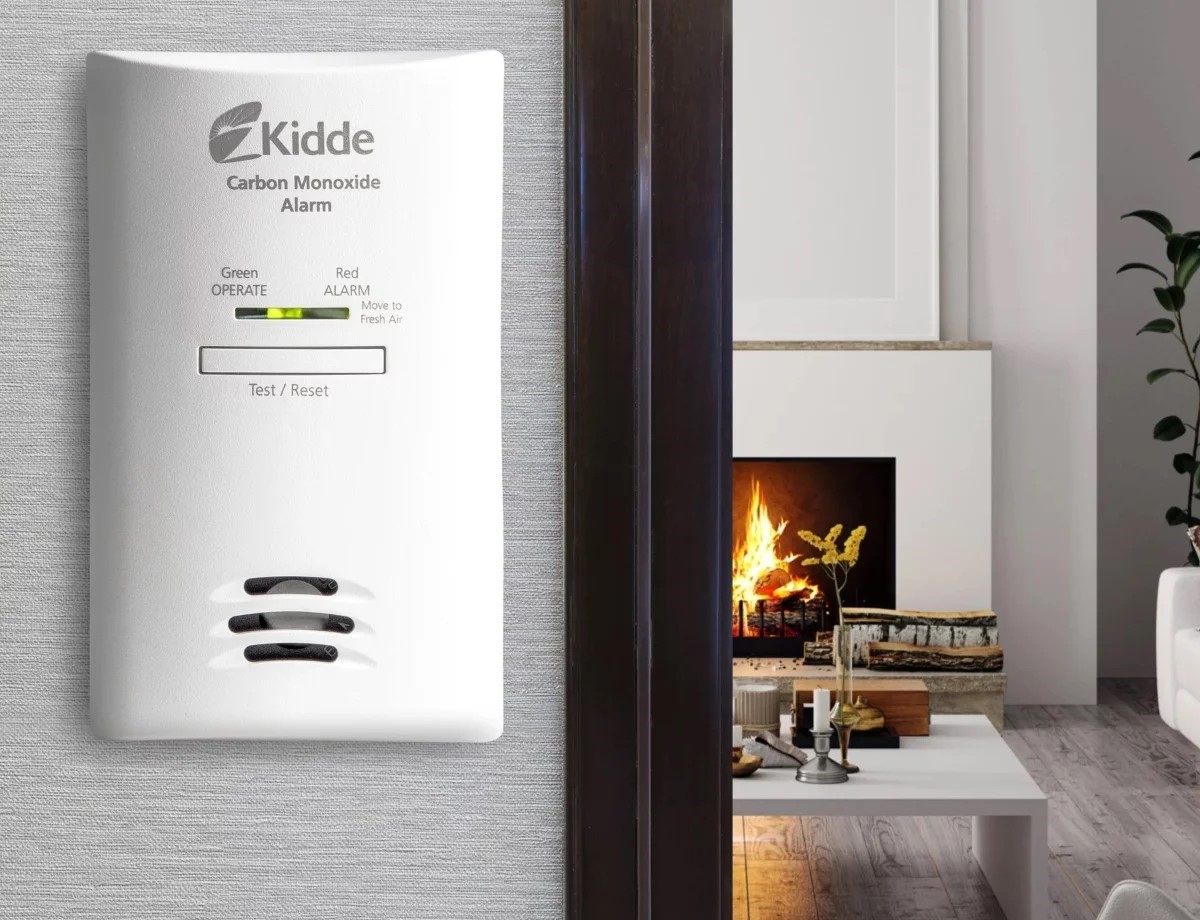
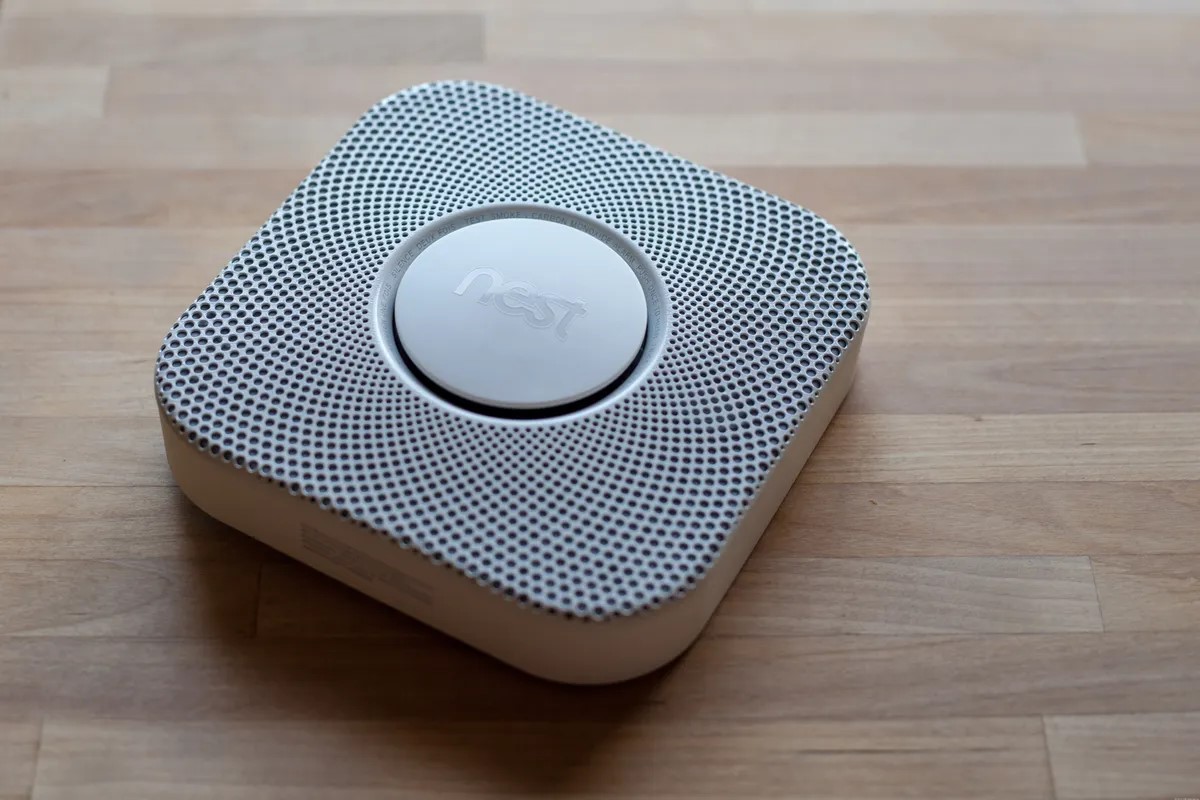
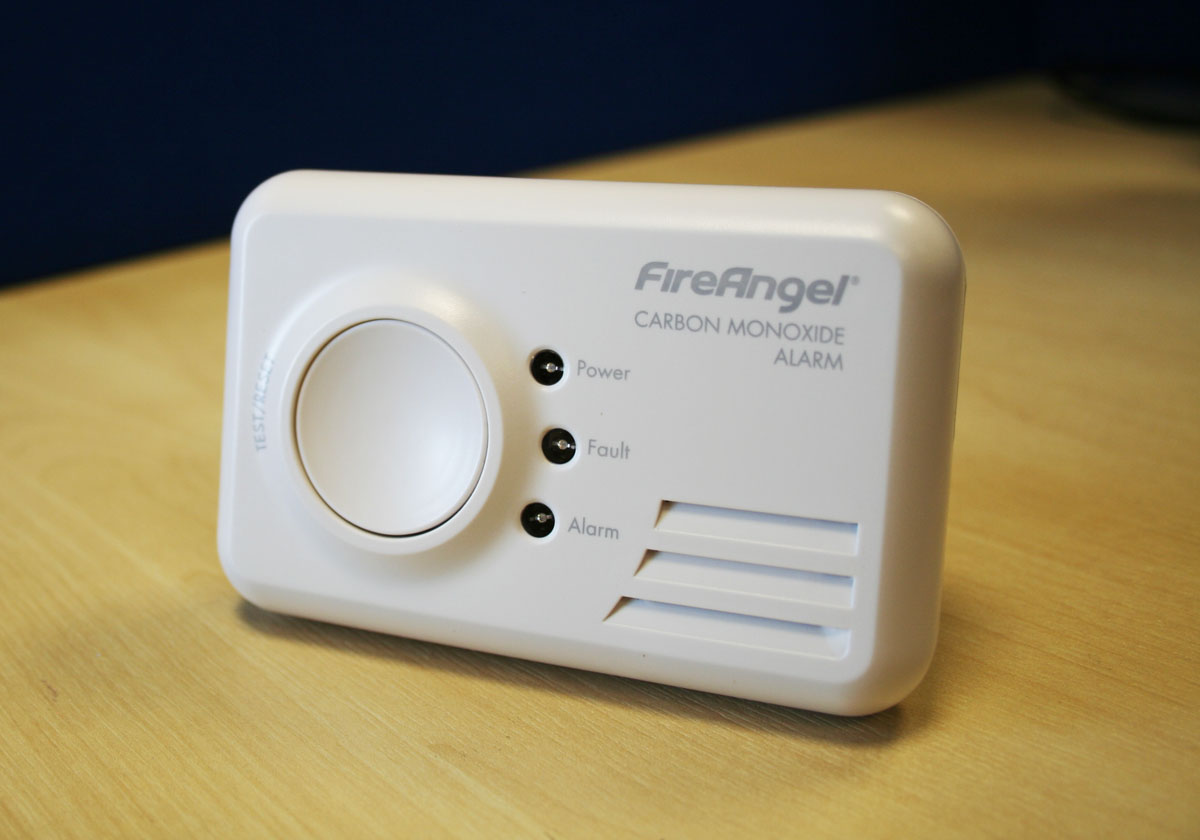
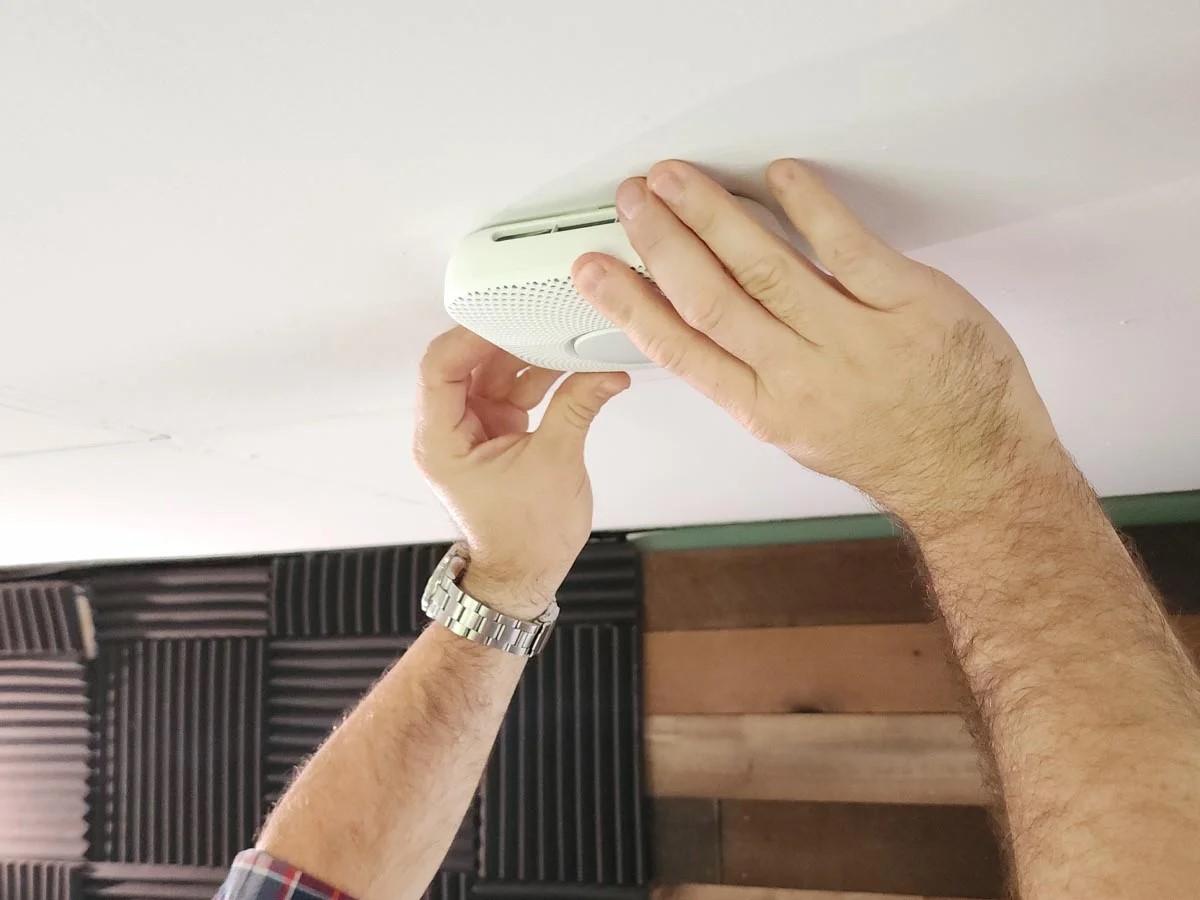
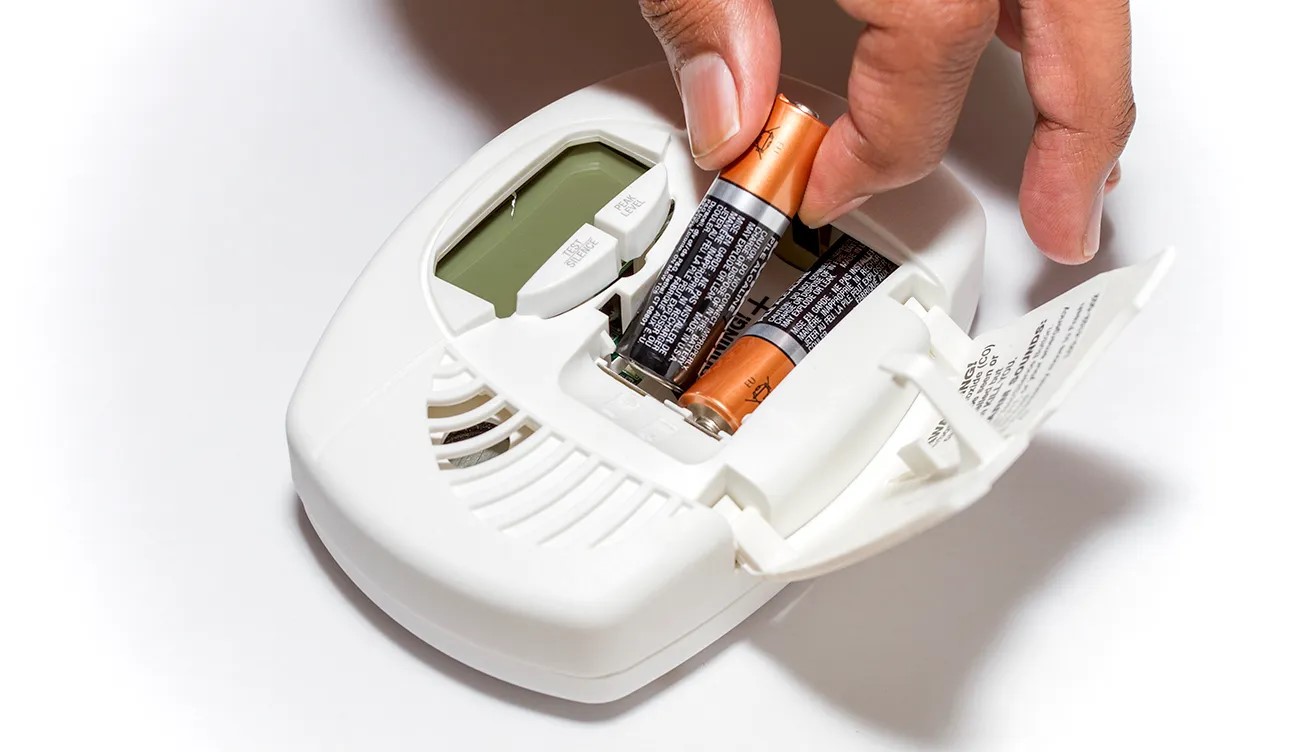
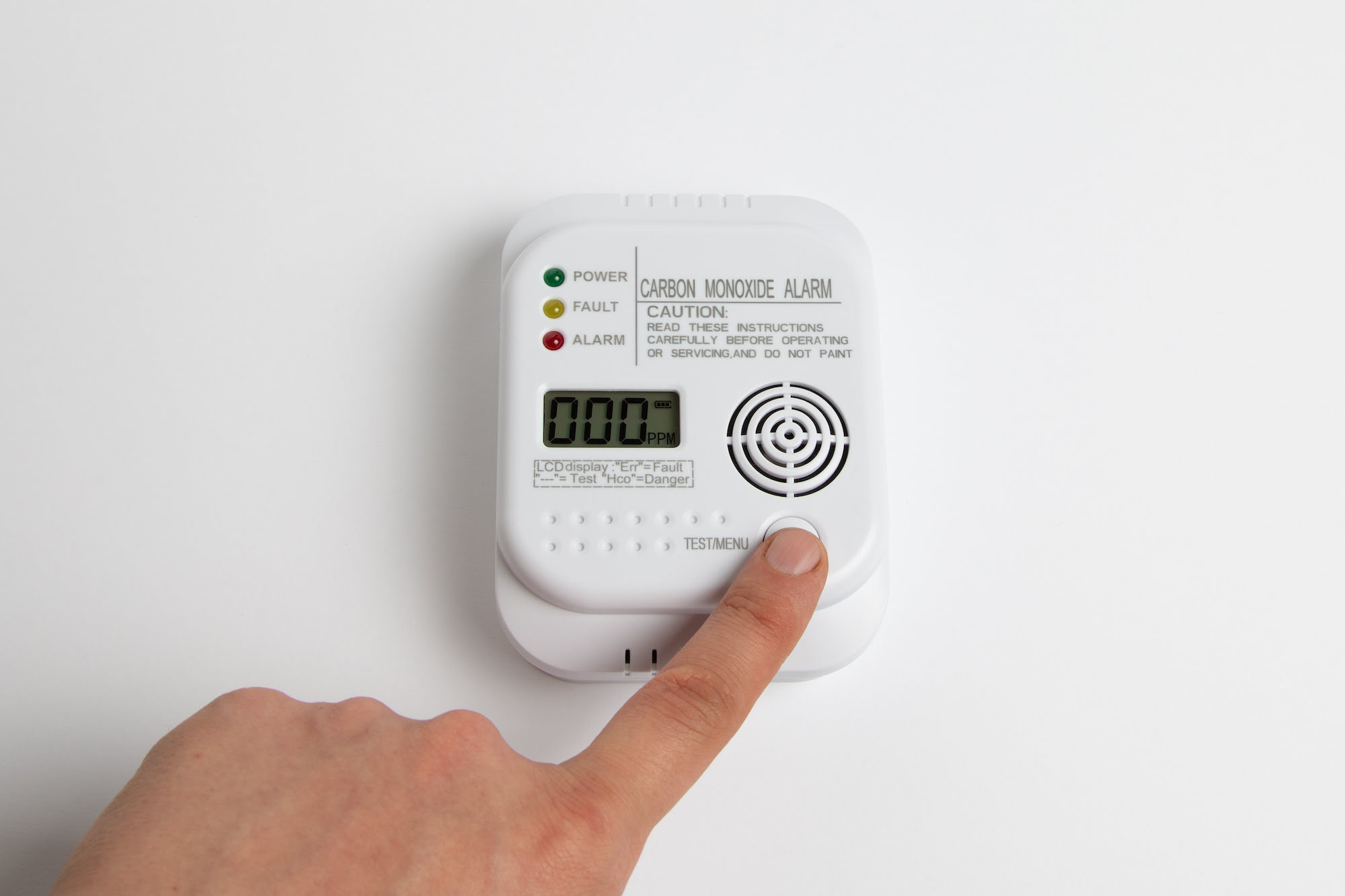
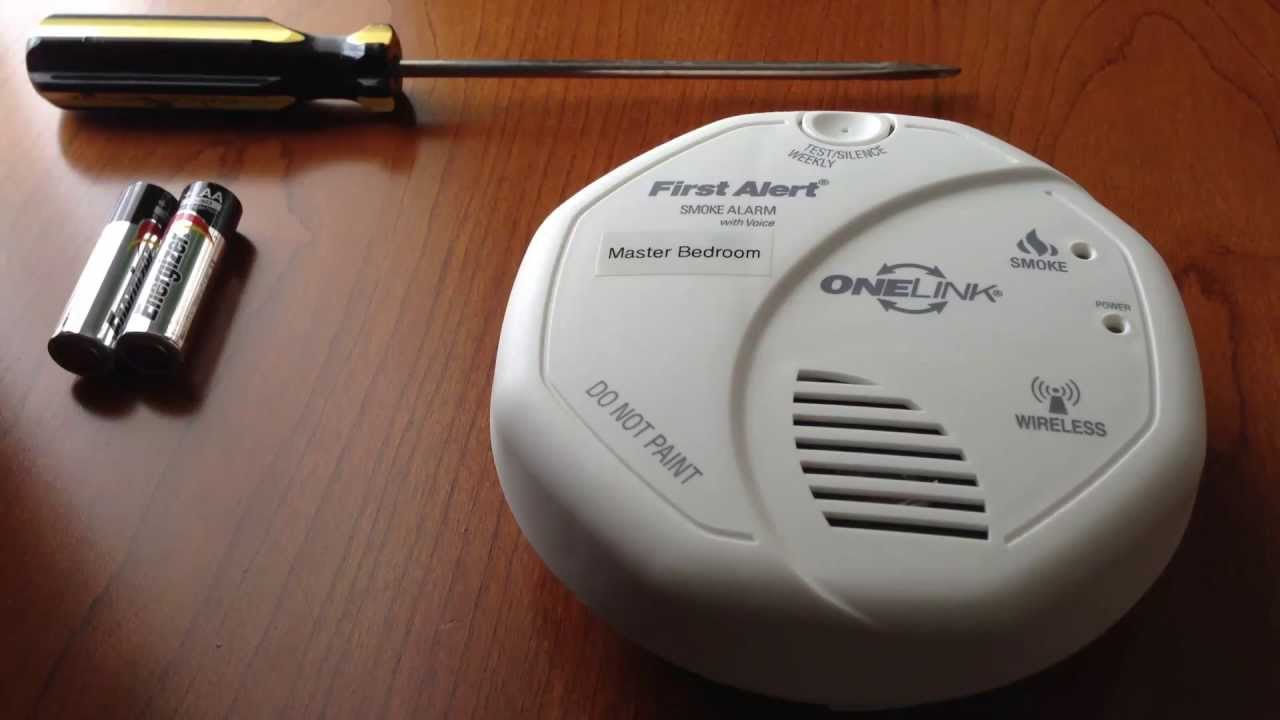
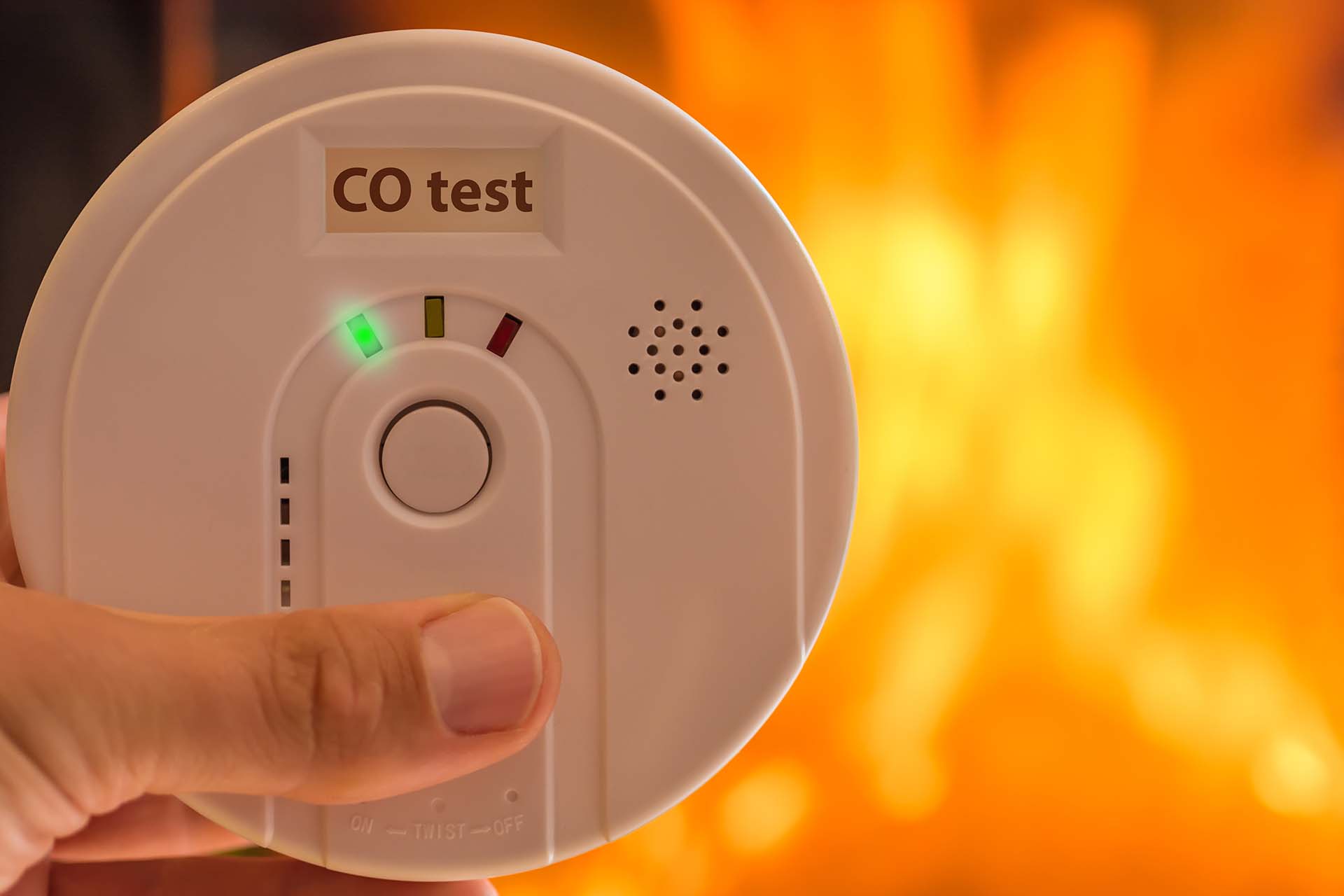
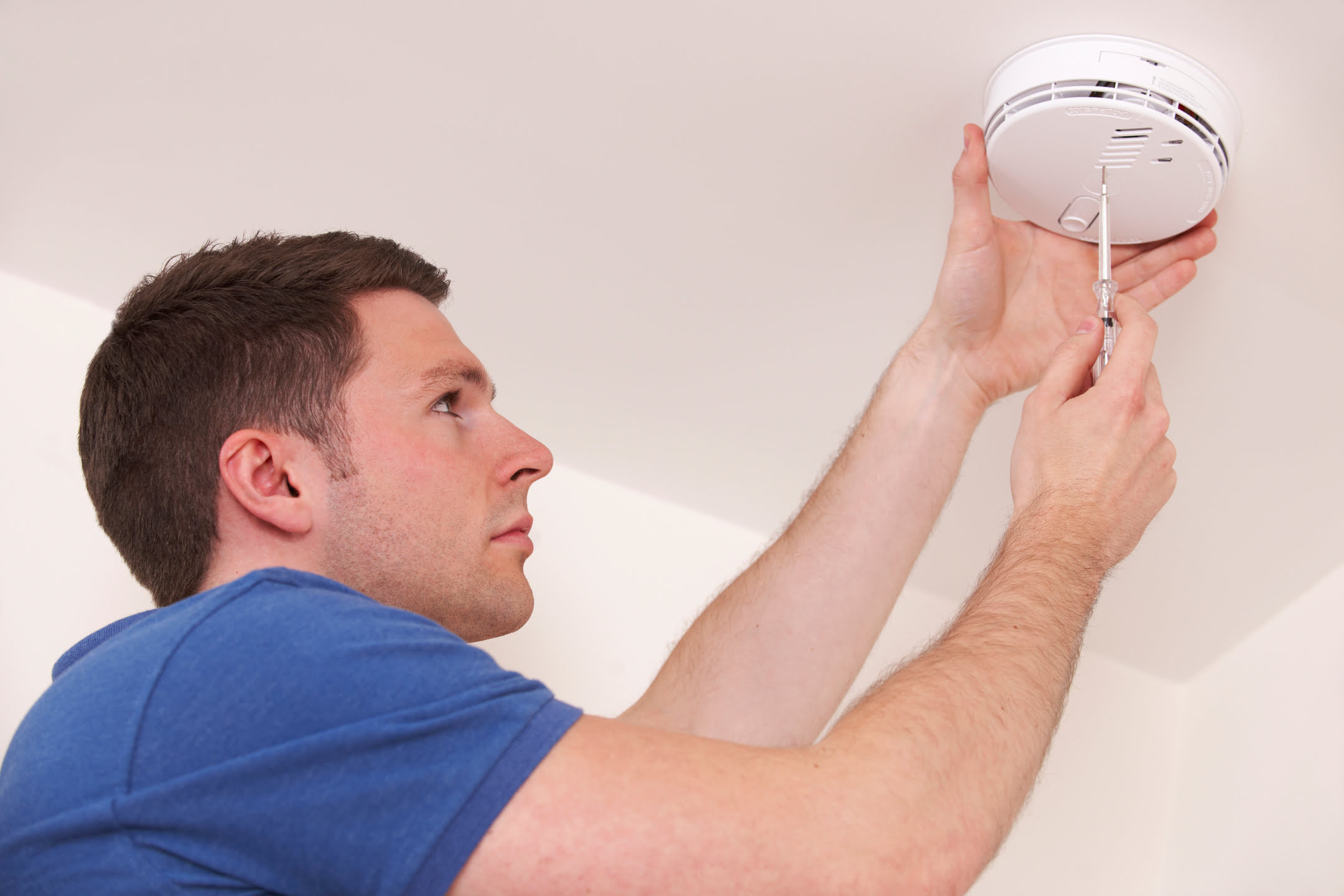
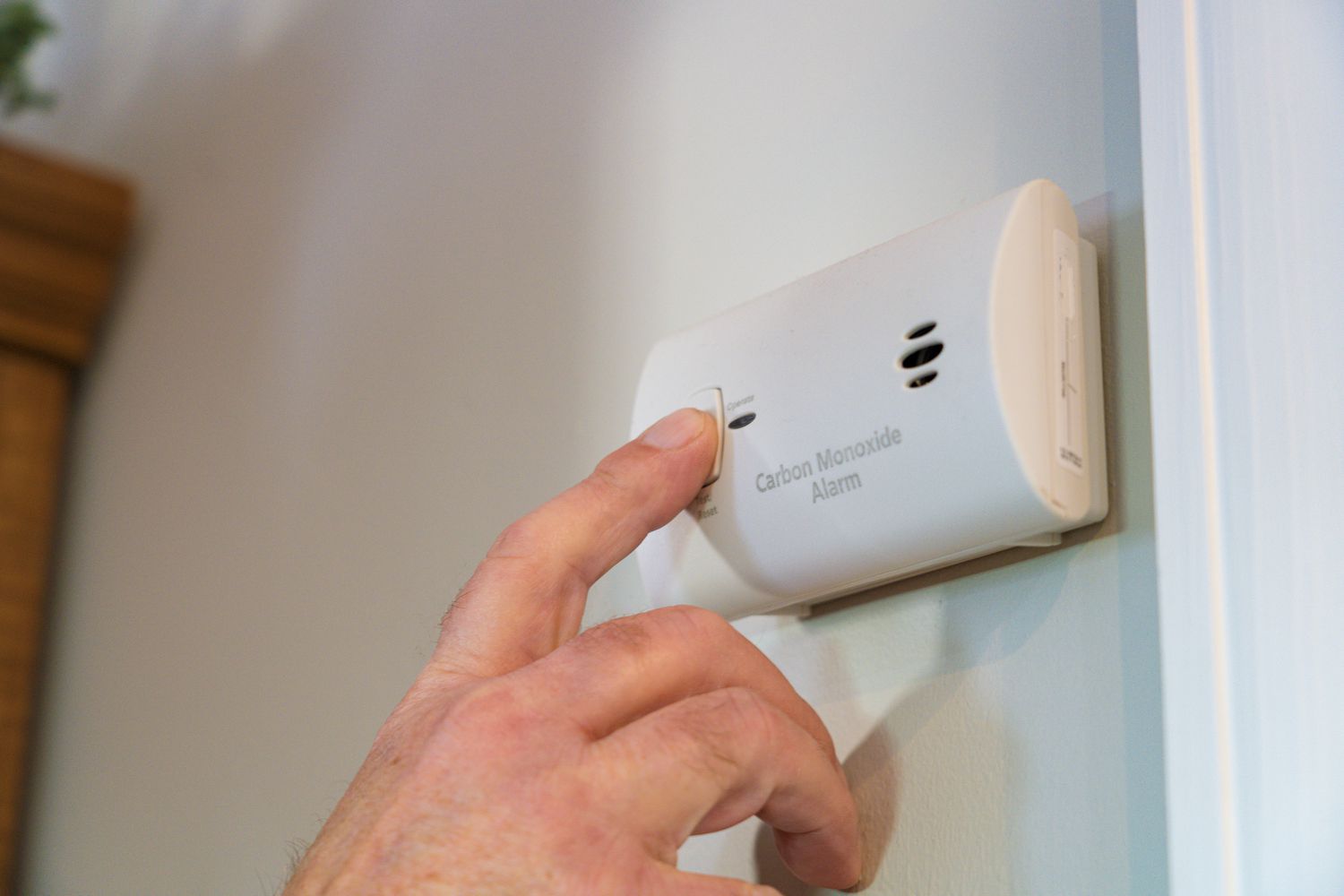

0 thoughts on “What Does End Mean On A Carbon Monoxide Detector”